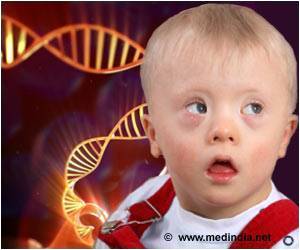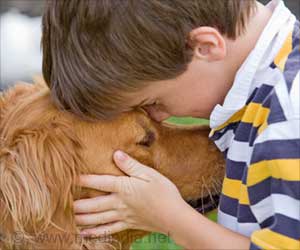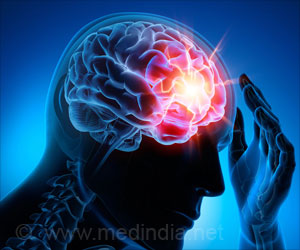A new study has shed light on the repair mechanism of cells that suffer damage in both strands of their DNA.

The collaborative work of graduate students working under Anna Malkova Ph.D., associate professor of biology at Indiana University-Purdue University Indianapolis (IUPUI) and Kirill Lobachev, Ph.D., associate professor of biology at the Georgia Institute of Technology, was critical in the advancement of the project.
The group's research will be published online this week in the Nature journal, with two graduate students (Natalie Saini from the Georgia Institute of Technology and Sreejith Ramakrishnan from the School of Science at IUPUI) as first authors. Other collaborators include Dr. James Haber, Ph.D., Brandeis University, and Grzegorz Ira, Ph.D., Baylor College of Medicine.
"Previously, we have shown that the rate of mutations introduced by break-induced replication is 1000 times higher as compared to the normal way that DNA is made naturally, but we never understood why," Malkova said.
The latest research reveals a mode of replication that can operate in non-dividing cells—the state of most of the body's cells—making this kind of replication a potential route for cancer formation.
"Potentially, this is a textbook discovery," Lobachev said.
 MEDINDIA
MEDINDIA



 Email
Email






